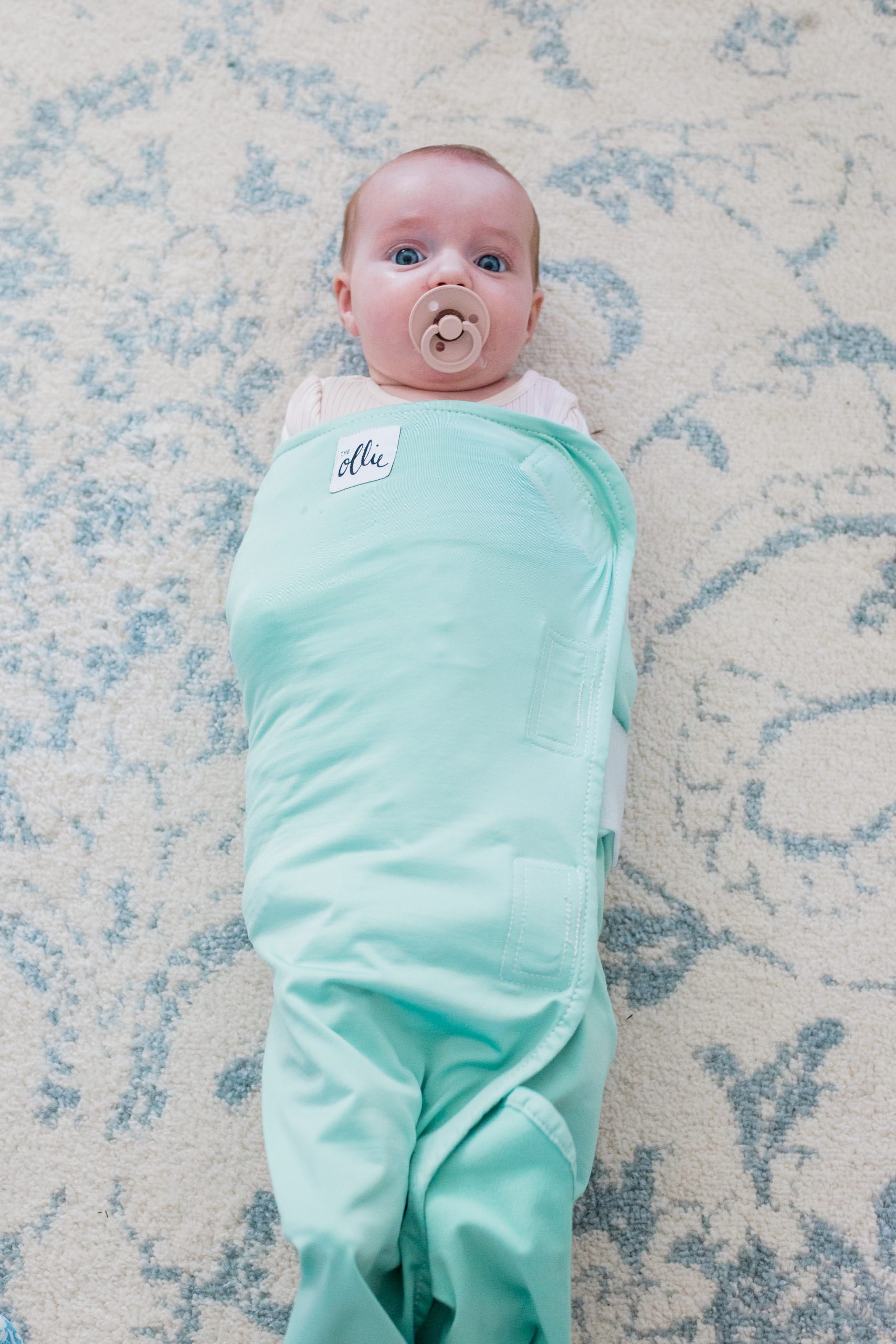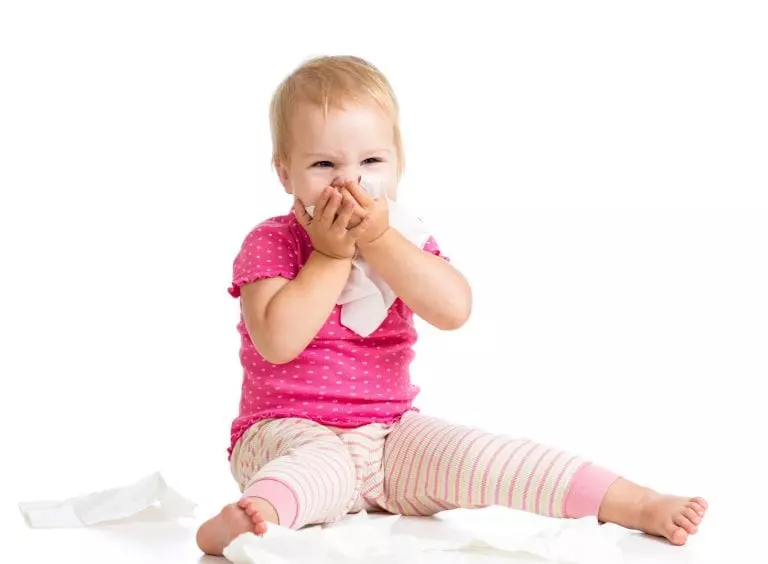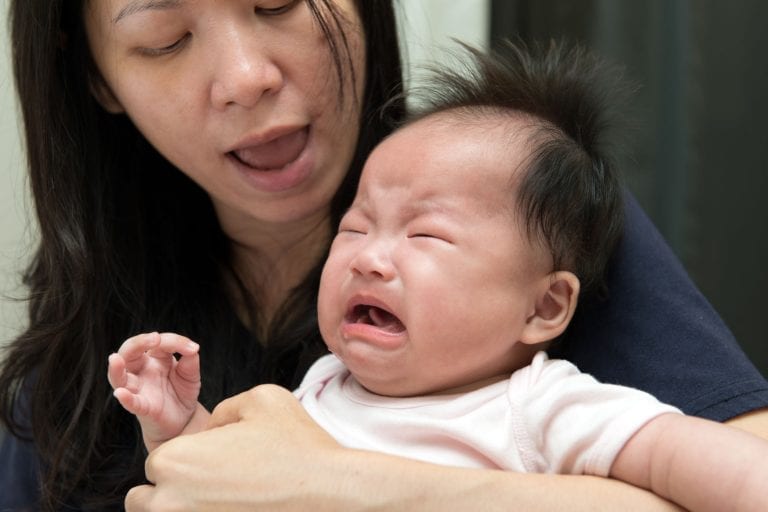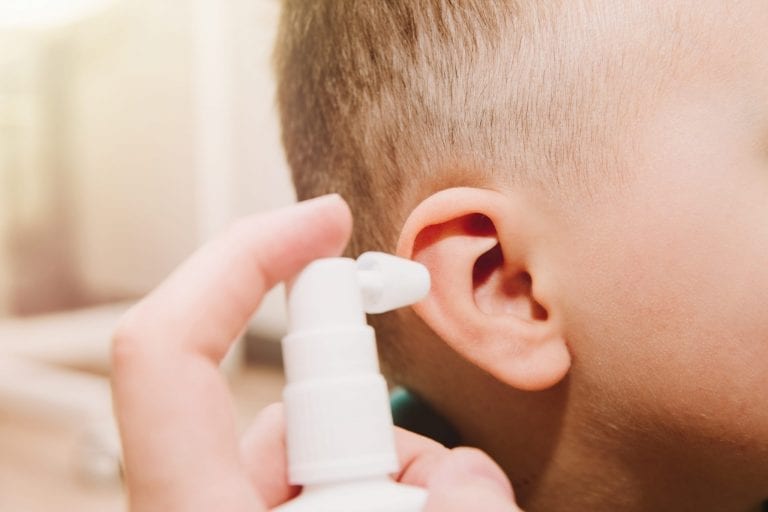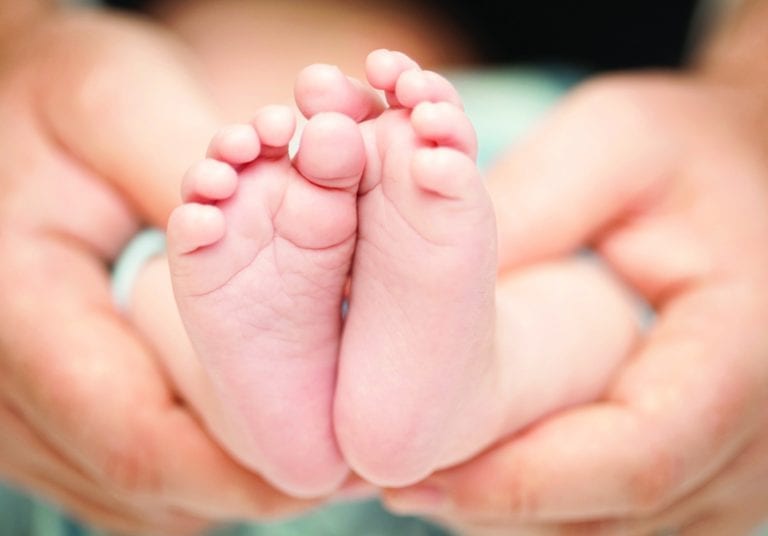Chilly vs Allergy
It’s spring and your toddler appears stuffy and fussy; and this isn’t the primary time. You’ve been sneezing as properly and are left questioning: might this be an allergy vs chilly?
Allergy symptoms usually don’t happen in kids ages 3 or youthful as a result of it takes repeated seasonal publicity to pollen and different allergens to create an allergic response, says the American Academy of Pediatrics. Chilly and allergy signs could seem related so start together with your little one’s age: The youthful they’re, the much less seemingly they’ve an allergy. The frequent chilly is definitely a viral an infection in your toddler’s higher respiratory tract. Most infants can have as much as 7 colds within the first yr of life.
The drainage coming out of your little one’s nostril may also be telling: Colds usually have thick, coloured drainage, whereas nasal secretions are usually clear and runny with an allergy. As at all times, it’s finest to get your pediatrician’s knowledgeable recommendation. And chorus from giving any over-the-counter drugs designed to alleviate signs associated to colds or allergy symptoms to infants and younger kids until suggested by your little one’s healthcare supplier—no matter what the packaging says.
Be taught: What’s Purple Crying?
Colds
In case your little one is 3 months previous or youthful, let your pediatrician know child isn’t properly; colds in very younger infants can simply progress to extra troublesome infections, corresponding to an ear an infection or pneumonia.
Know the Indicators
- Stuffy nostril, with usually thick, yellow or greenish fluid draining
- Cough or sneeze, particularly with mucous
- Temperature as much as 100.4˚F
- Fussiness, irritability
- Problem sleeping
- Decreased feeding
How To Assist
- Preserve child’s arms cleans
- Gently clear child’s nostril of any drainage
- Preserve child’s nostril moist with saline sprays or drops made for infants
- Preserve the air moist with a cool mist humidifier
- A heat tub also can assist with stuffiness
- Nurse typically to maintain child hydrated; give breast milk or water typically to infants ages 6 months+ who’re now not nursing
Allergy
If little one is age 3 or older, you may be coping with a seasonal allergy.
Know the Indicators
- Stuffy nostril, with clear fluid draining
- Cough or sneeze, with clear mucous
- Water, irritated-looking eyes
- Problem sleeping
- Decreased feeding
- Signs worsen on the finish of the day, notably within the spring or fall
How To Assist
- Relying in your little one’s age and the way extreme their allergy symptoms are, your pediatrician could advise utilizing nasal decongestants or antihistamines; corticosteriods are additionally typically used however can be found by prescription solely.
- Preserve your little one indoors within the night, when allergen ranges are highest
- Preserve your own home and automobile home windows closed to maintain allergens out
- Bathe your little one typically, particularly after being outdoor
- Wash jackets and hats typically to take away pollens and different allergens
- Use a garments dryer as an alternative of drying garments exterior
Inform your pediatrician in case your little one…
- Has signs and is 3 months previous or youthful
- Has a temperature higher than 100.4˚F
- Is pulling on her ears
- Isn’t utilizing as many diapers, or the bathroom, as typical
- Has had a stuffy nostril with drainage for greater than every week
- Has been coughing for every week
- Has gooey eye discharge
ALSO READ:
Child Has a Chilly
Debunking the Myths About Vaccinations
What to Do about Allergy symptoms, Colds and the Flu
Indicators child is Sick: Act-On These Child Warning Indicators
,


